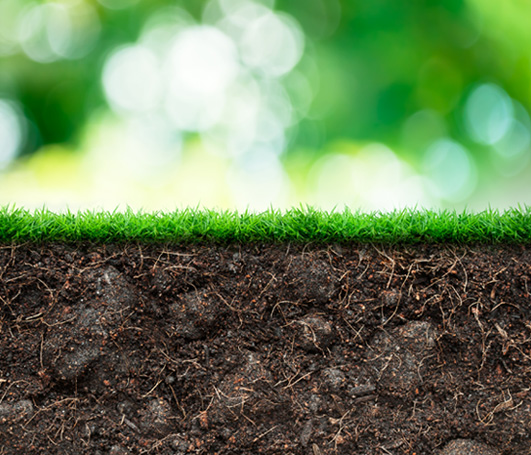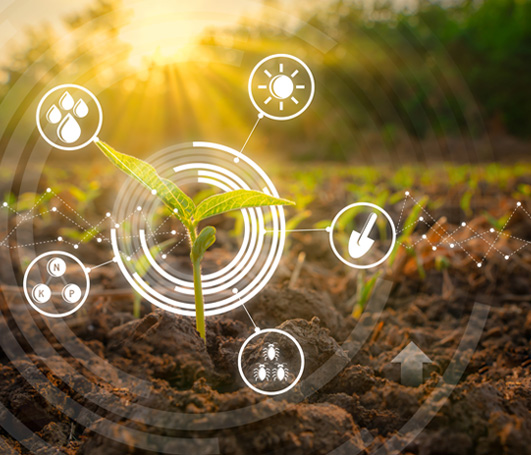
For more than 20 years, Hortifrut has been a pioneer in organic fruit growing, making us the undisputed world leader in organic blueberry production and commercialization.
The previous involves designing our crops productively with biological corridors inside the orchards, with the clear objective of preserving the biodiversity of biological controllers.
This work has allowed us to include organic matter and biodiversity through irrigation, improving their macro and microbiology, thus achieving a significant reduction in the use of fertilizers and external additives, as well as a natural balance in plague and disease control.
We must consider our soil as our savings account, where we have to create increasing value, carrying out management practices that allow to enrich the soil year after year. “Regenerative” agriculture, where a mixture of 6 or more different species of Poaceae, legumes, and Brassica is sown, allows to create a root mass at different depths, which are connected to a diverse and growing population of microorganism species and families, improving soil structure, its organic matter, moisture retention capacity, and balance. This way we create soils that are increasingly rich in nutrients, more productive, capable of producing competitive yields, without the cost of fertilizers, and significantly reducing costs.
Agricultural soil has the appropriate characteristics for the development of agricultural activity, which means it is propitious to develop life.
They are mainly in areas with climates that favor crop development and growth, mainly considering rainfall variations, temperature, wind, regularity of events such as climate phenomena (thunderstorms, strong winds, frosts, hail, etc.). Moreover, the soil must be rich in nutrients, and the soil slope is also important, as it must be equal or lower than 5% for soils that are suitable for agriculture.
The development of agriculture and fruit growing based on agroecology has allowed us to control and increase organic matter in our soils, the nutritional balance of which favors productive development and reduces the use of water, energy, and fertilizers.
The above has helped us reduce our carbon and water footprint in all of our productive units.


Ecological growing is based on the use of preventive methods, enhancing good plant development, and therefore their natural resistance to plagues and diseases.
Similarly, thanks to agriculture and organic fruit growing, we have managed to preserve and multiply pollinators —such as bees and others— within our orchards and crops, keeping a clean, non-toxic environment that allows their presence all-year round. In the same way, we have adapted habitats for aquatic wildlife, other for red deer and fallow deer.
Organic growing also allows more efficient use of water and energy at a lower cost using solar panels, as with higher water retention, the orchard needs less irrigation, and therefore less energy. By using smart irrigation equipment with moisture sensors, we have managed to reduce water and energy consumption by 18%.